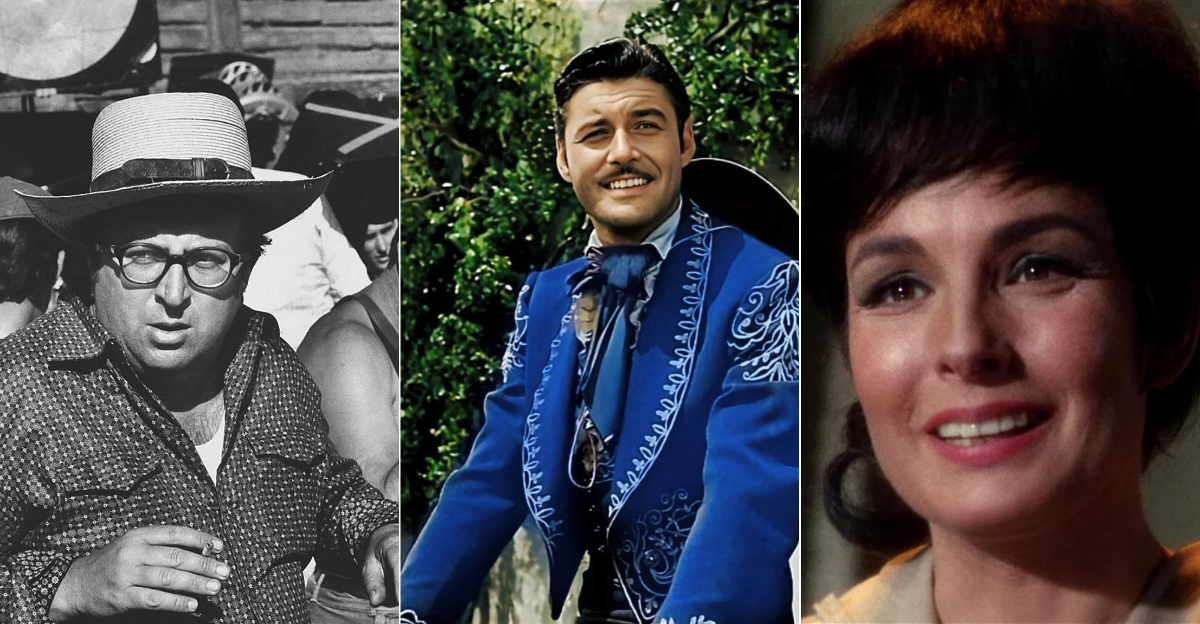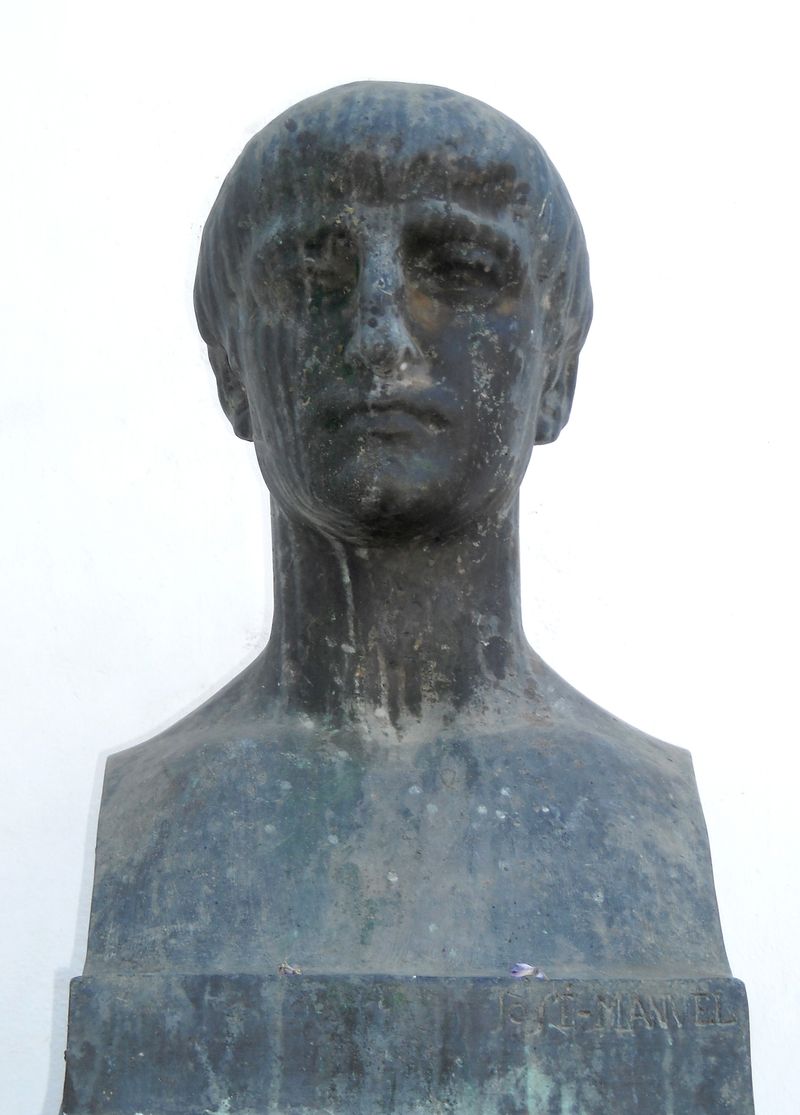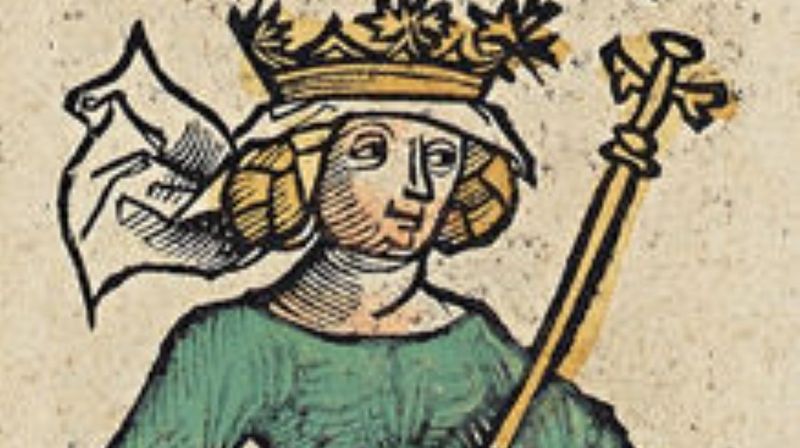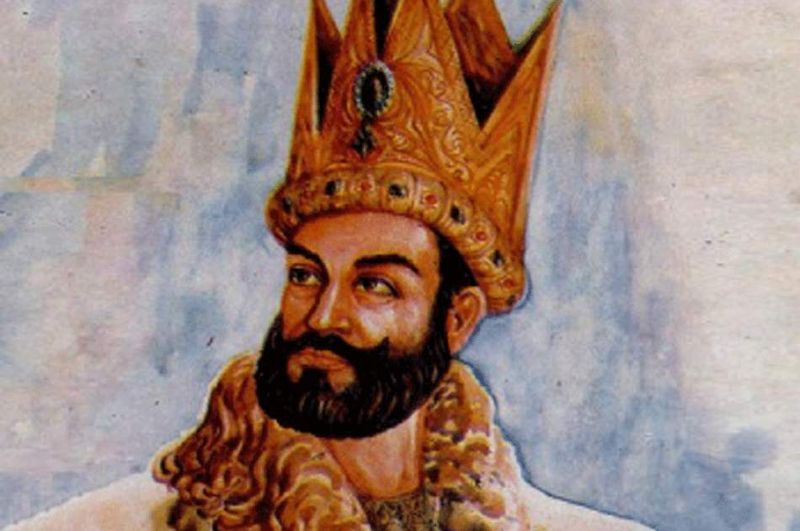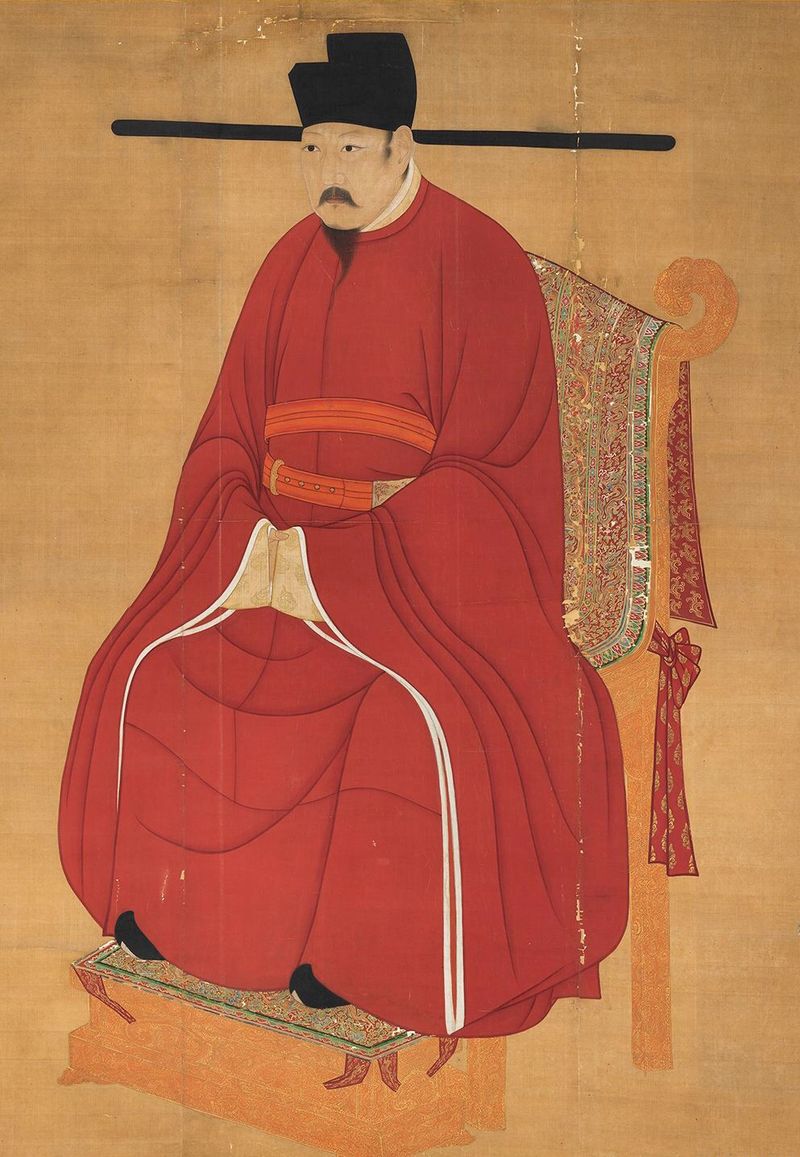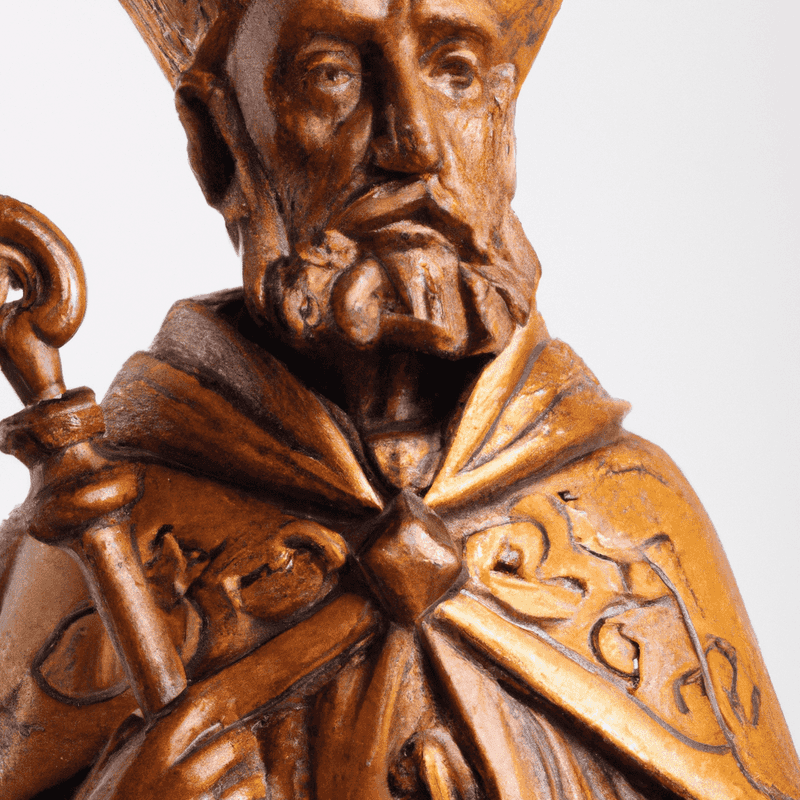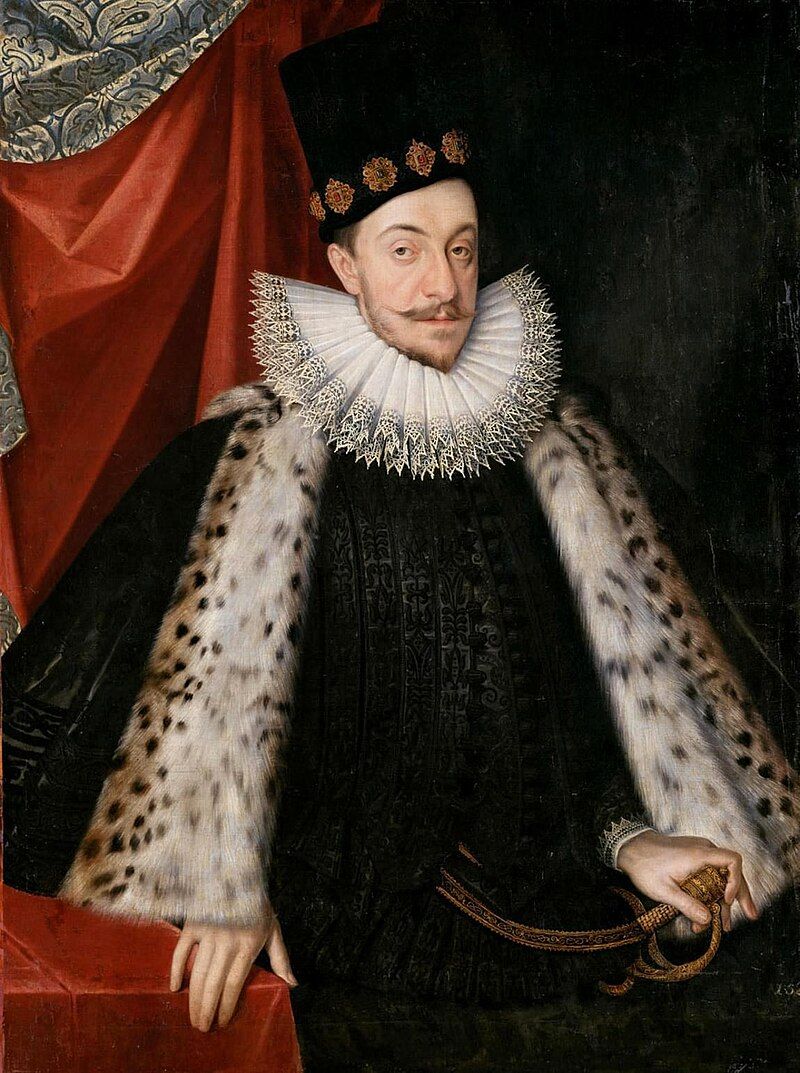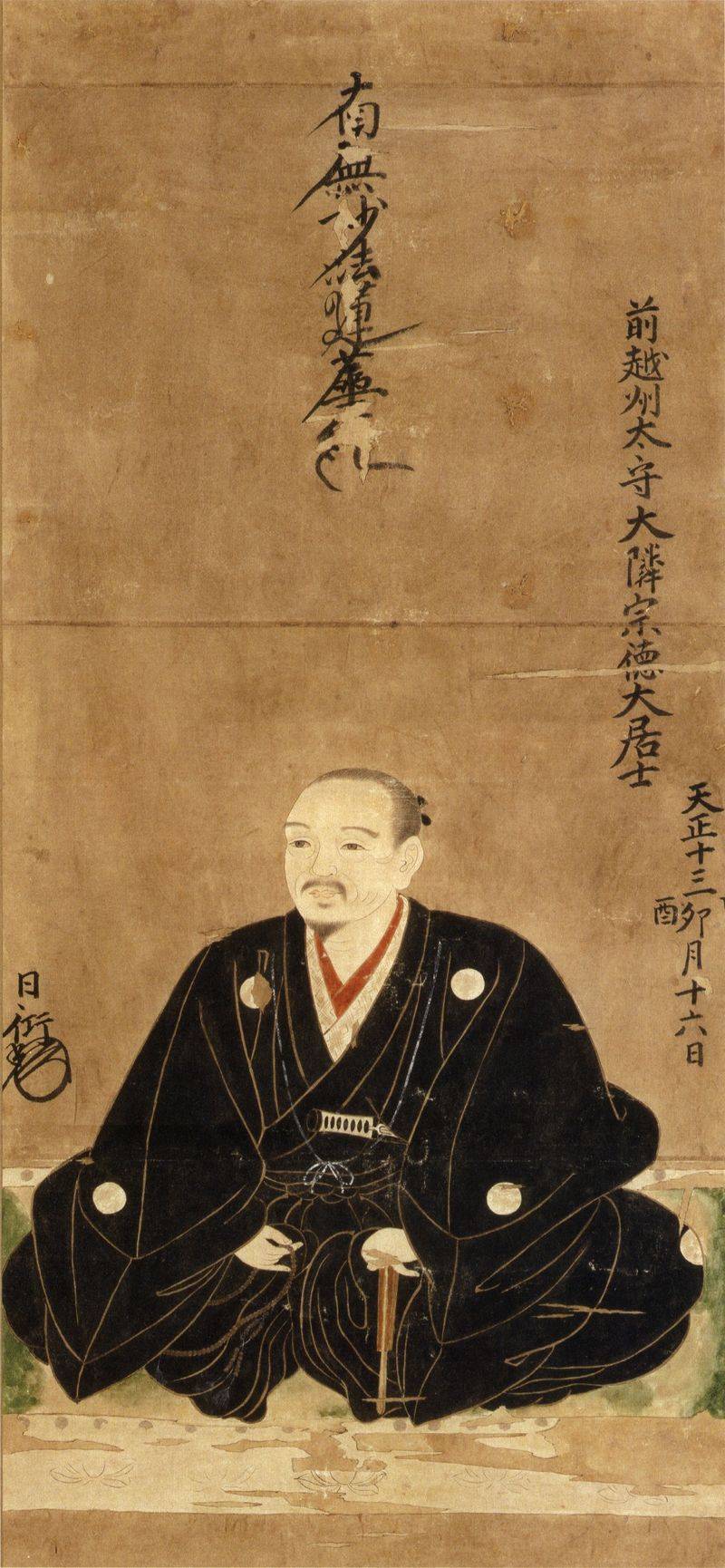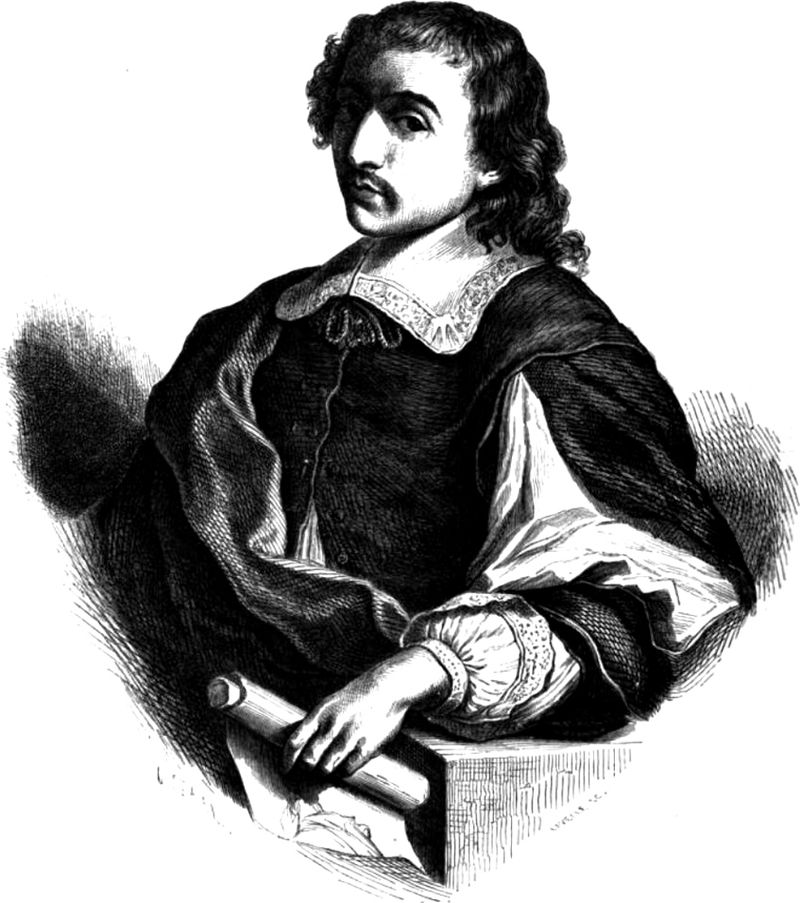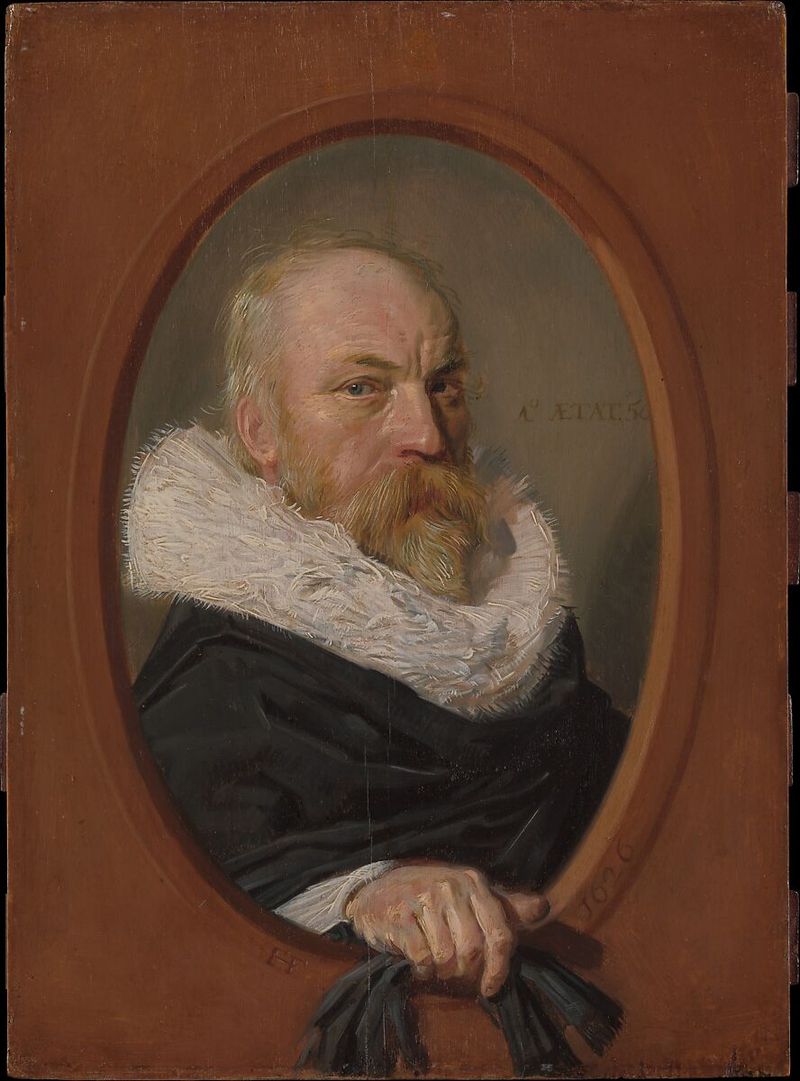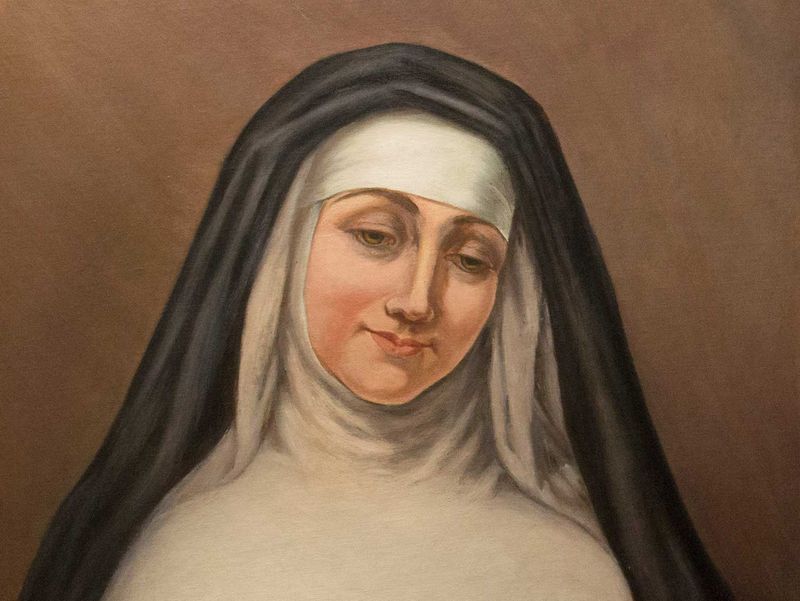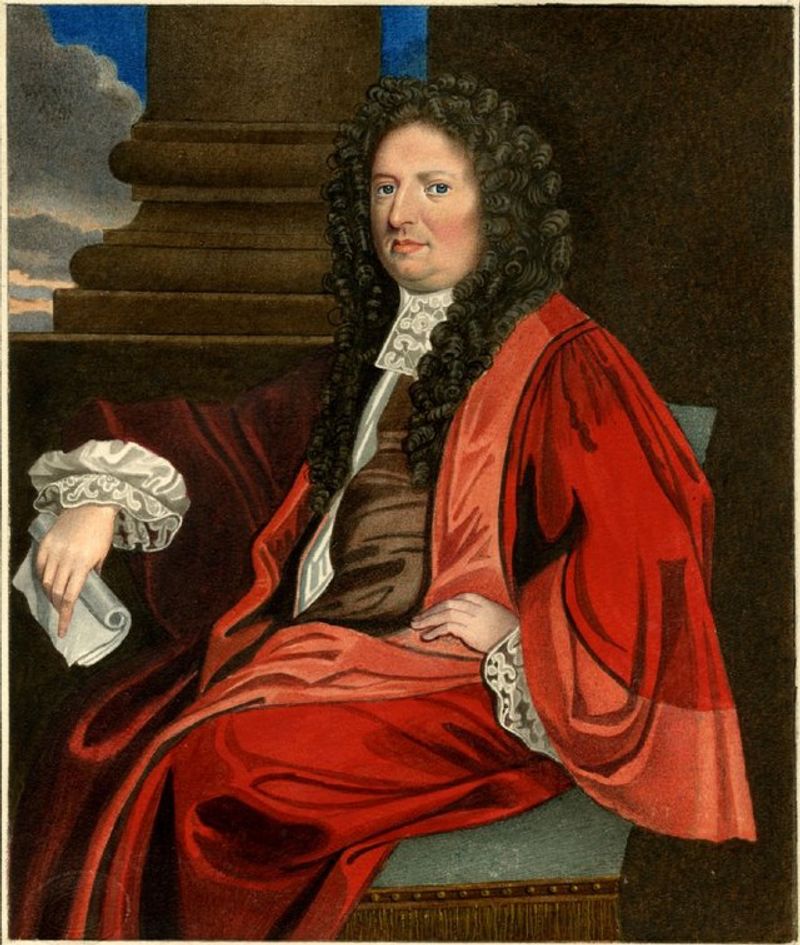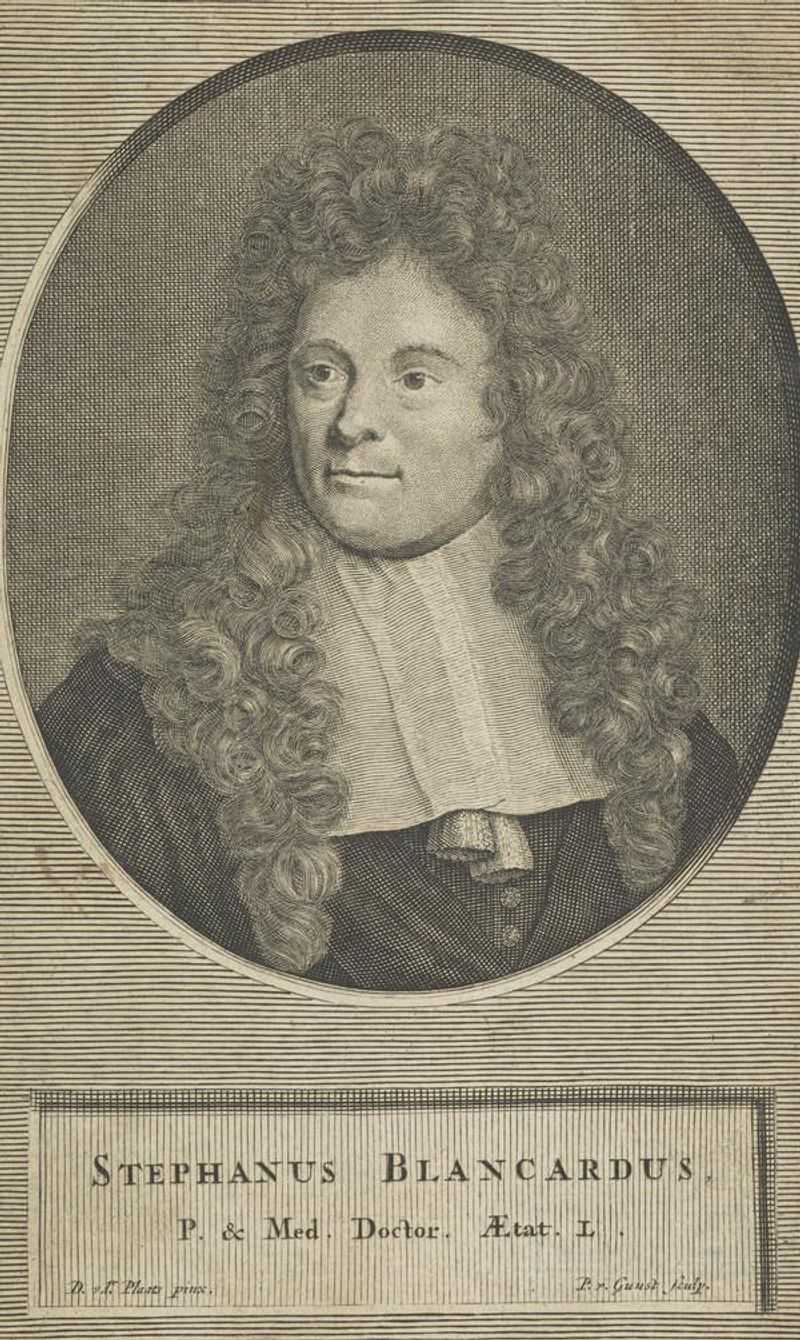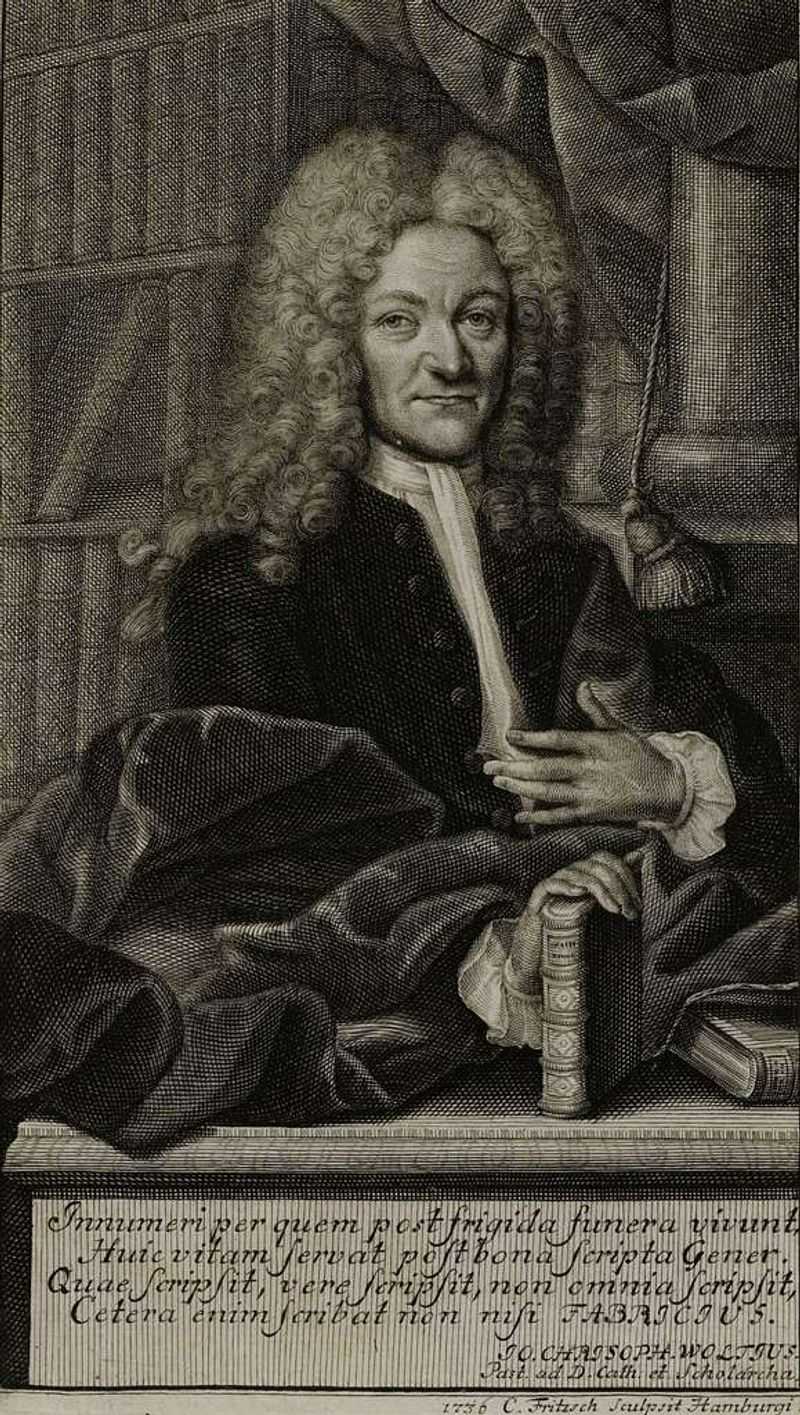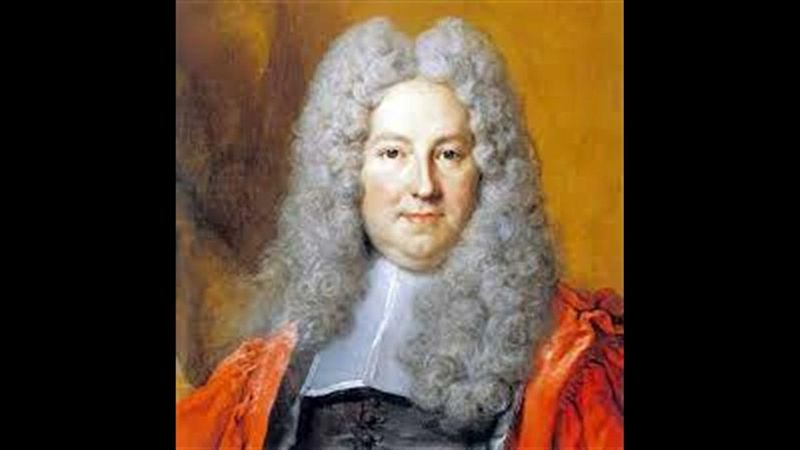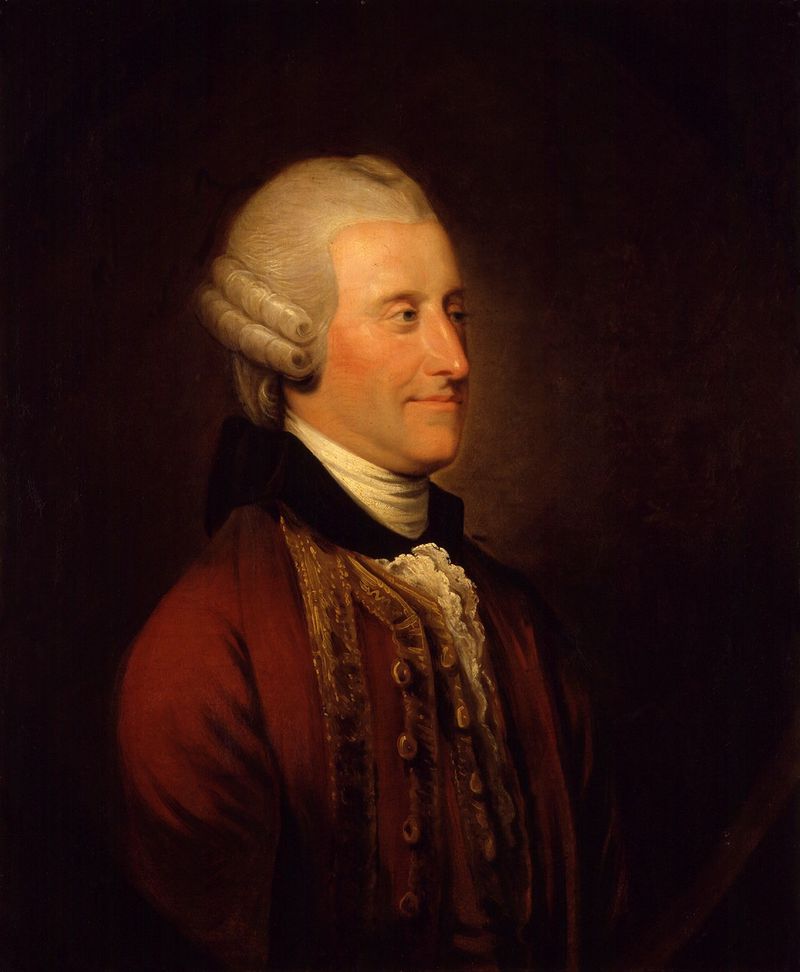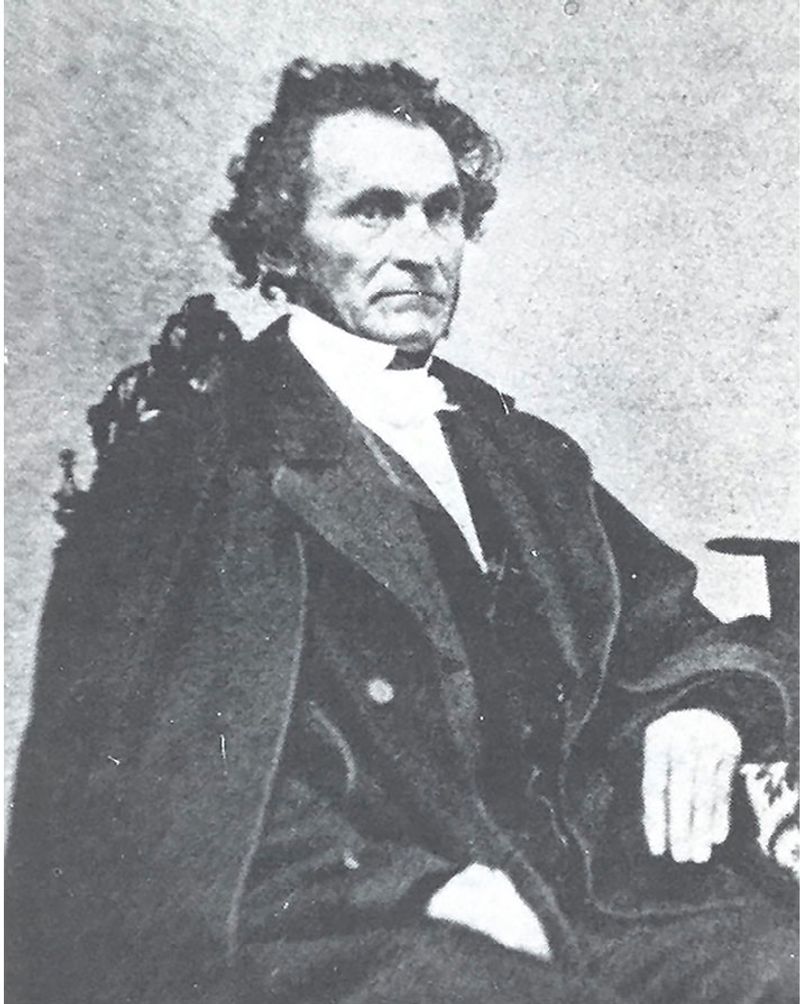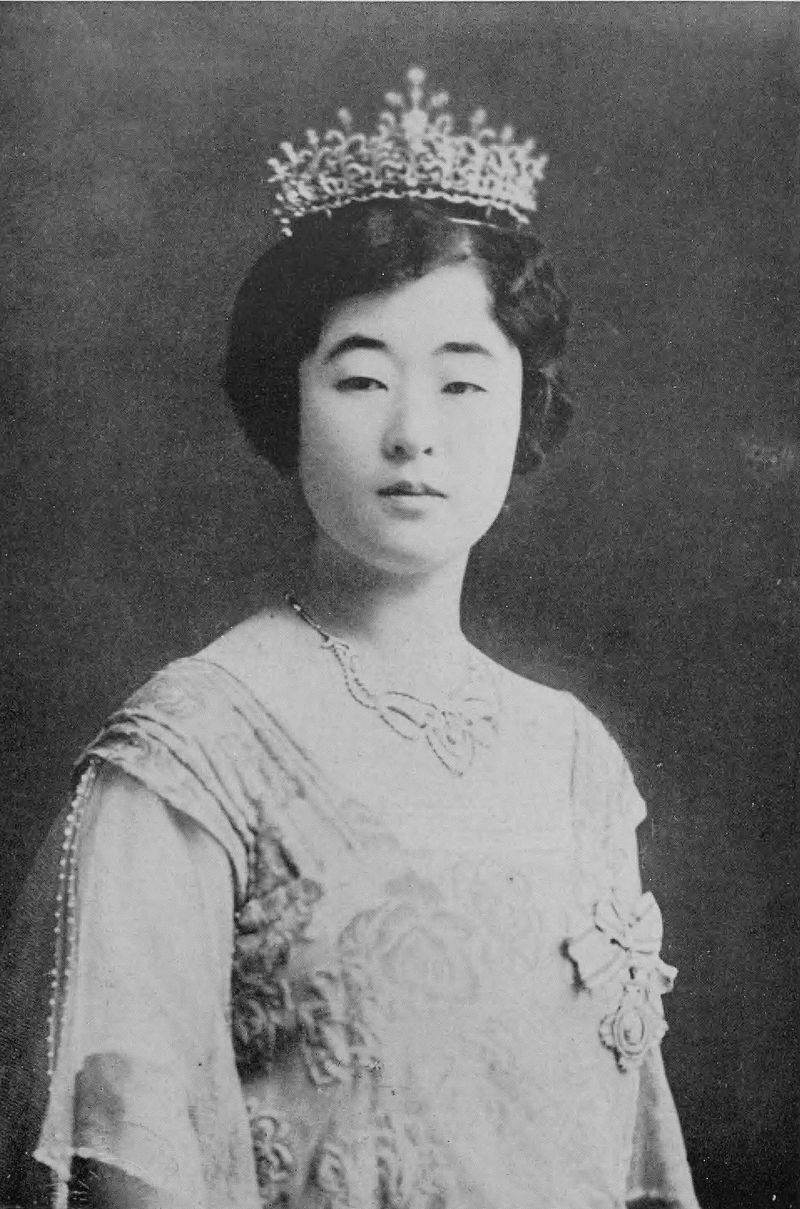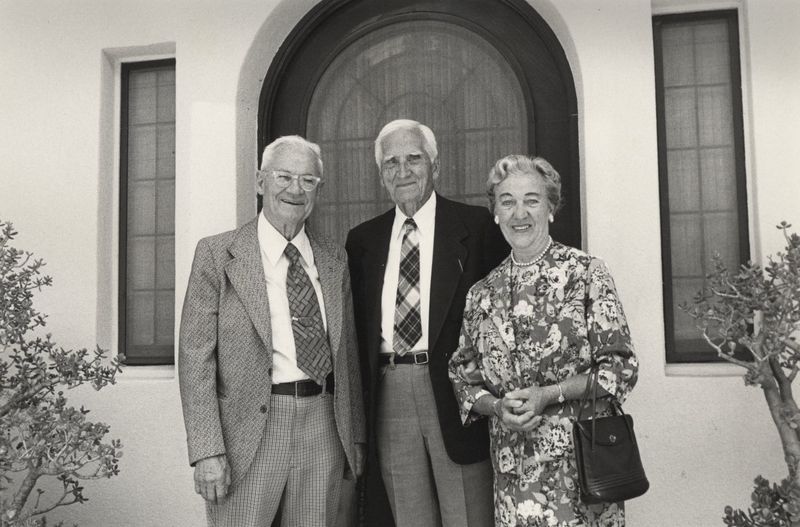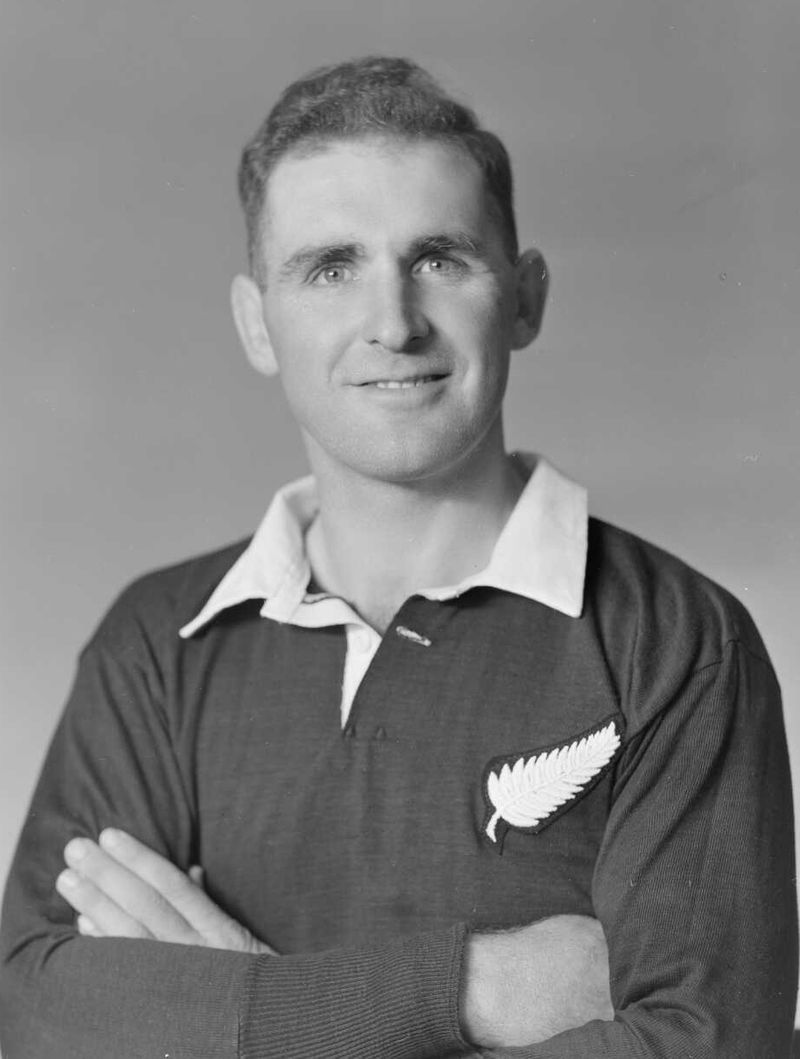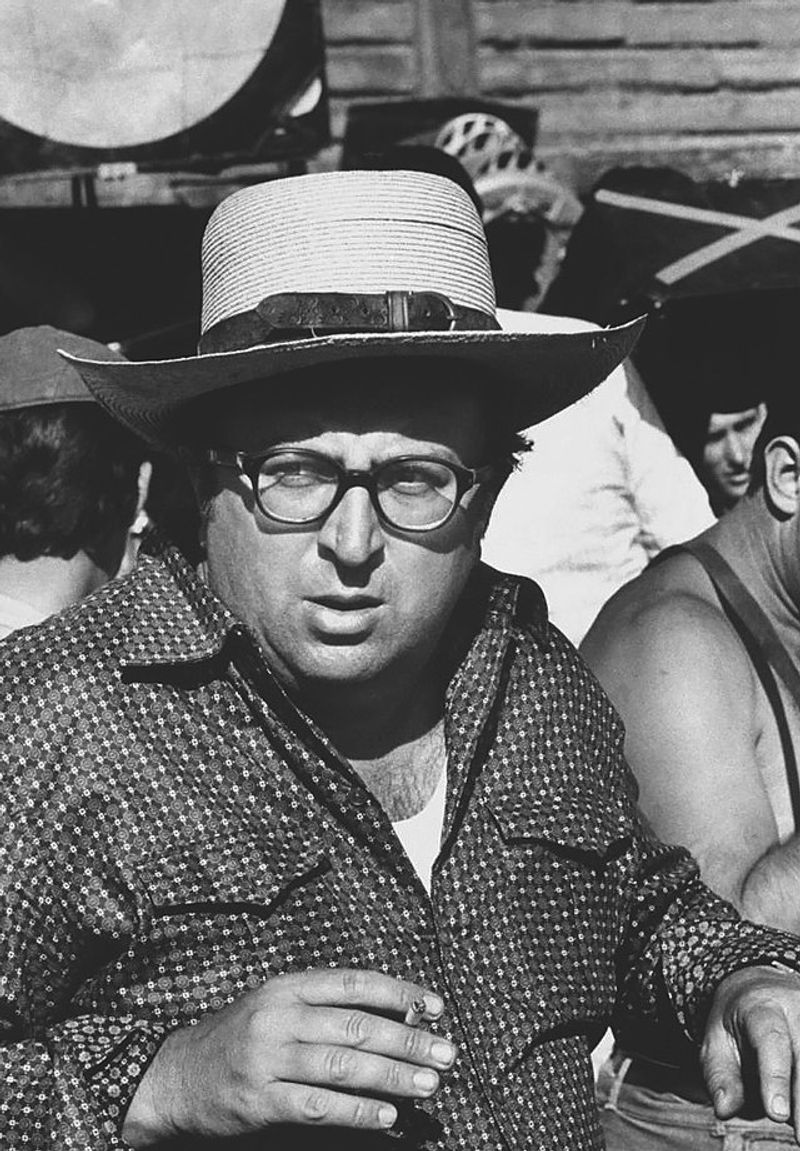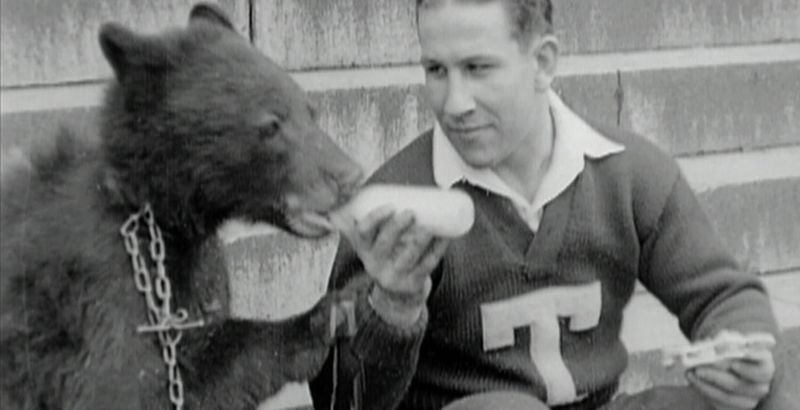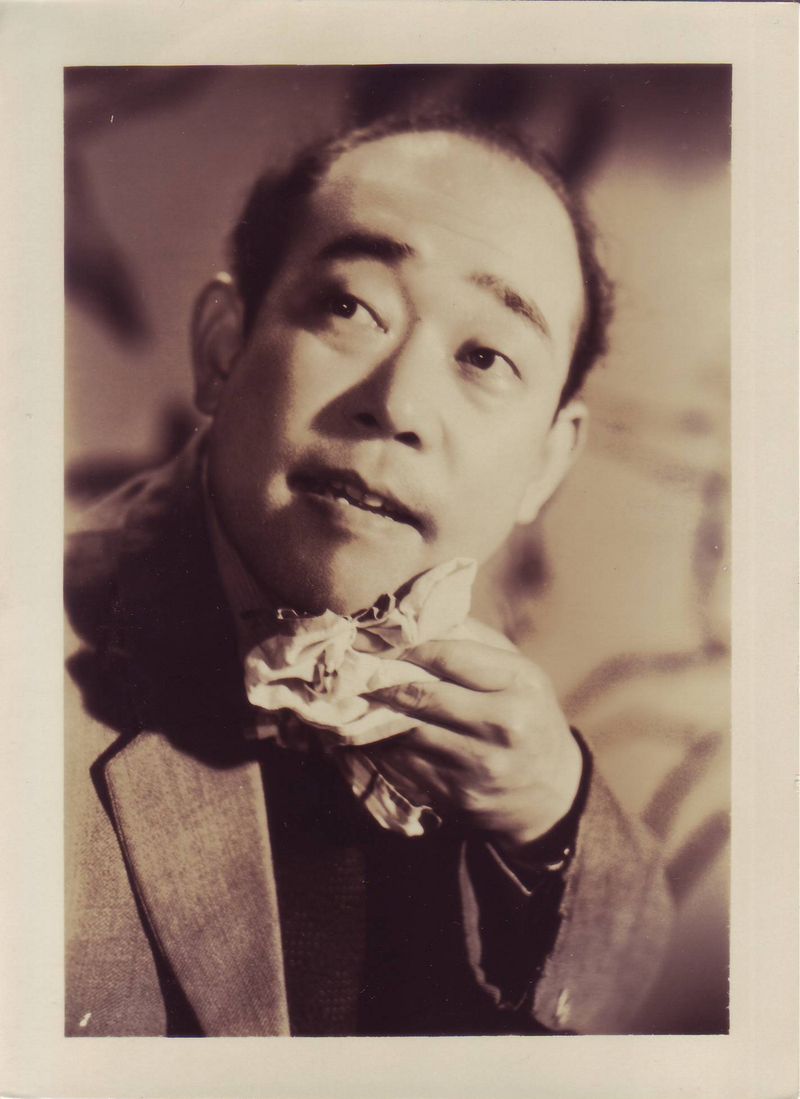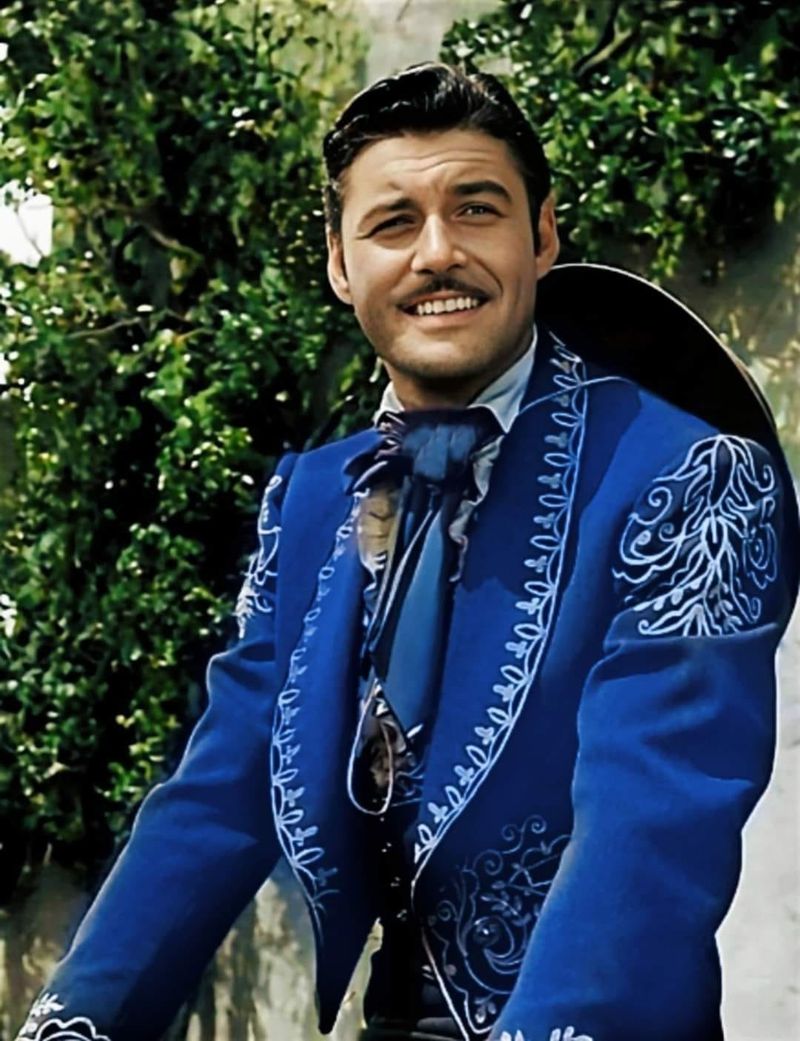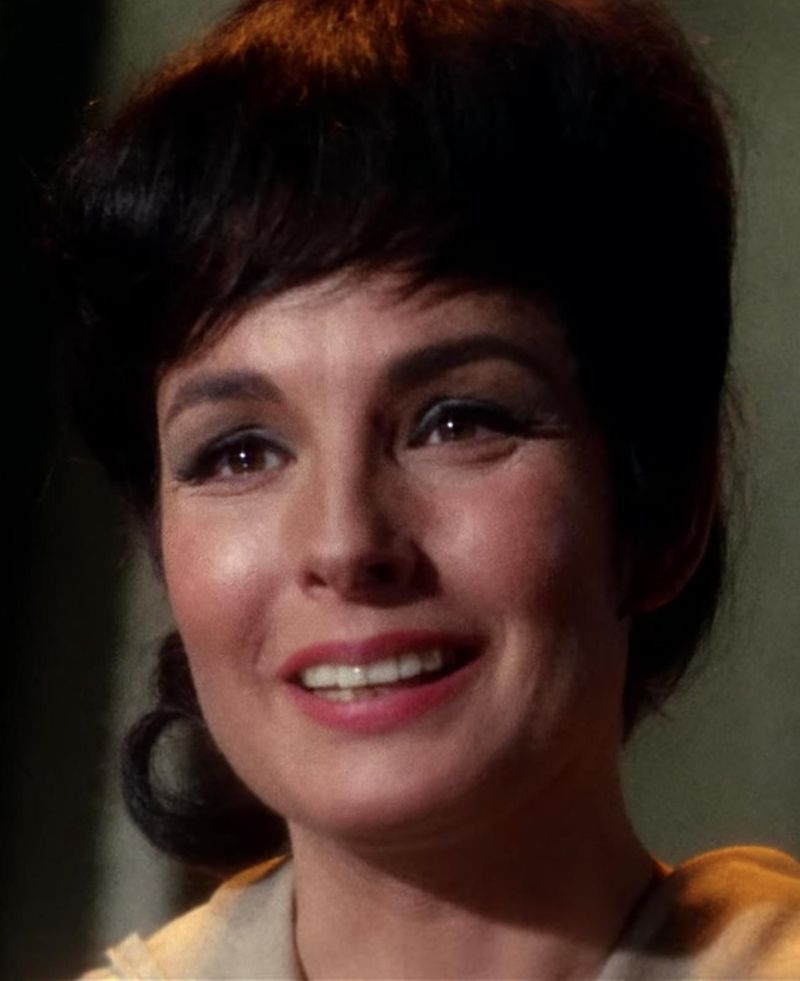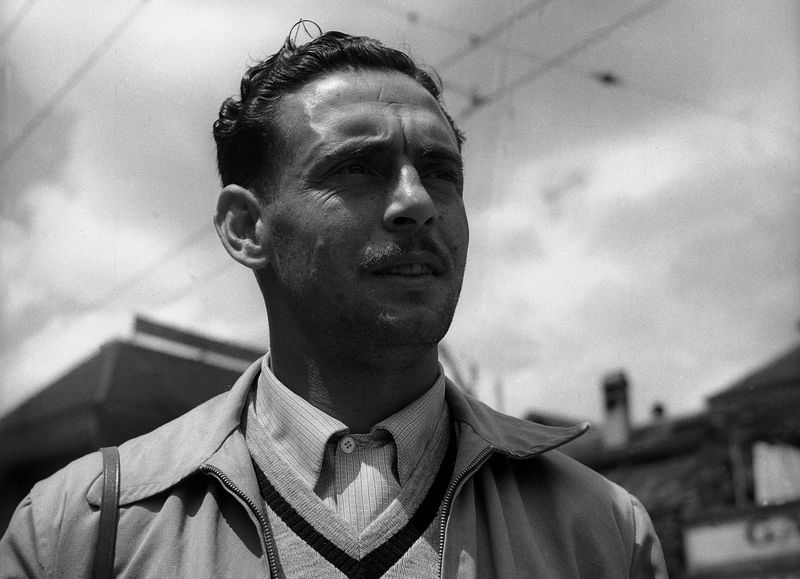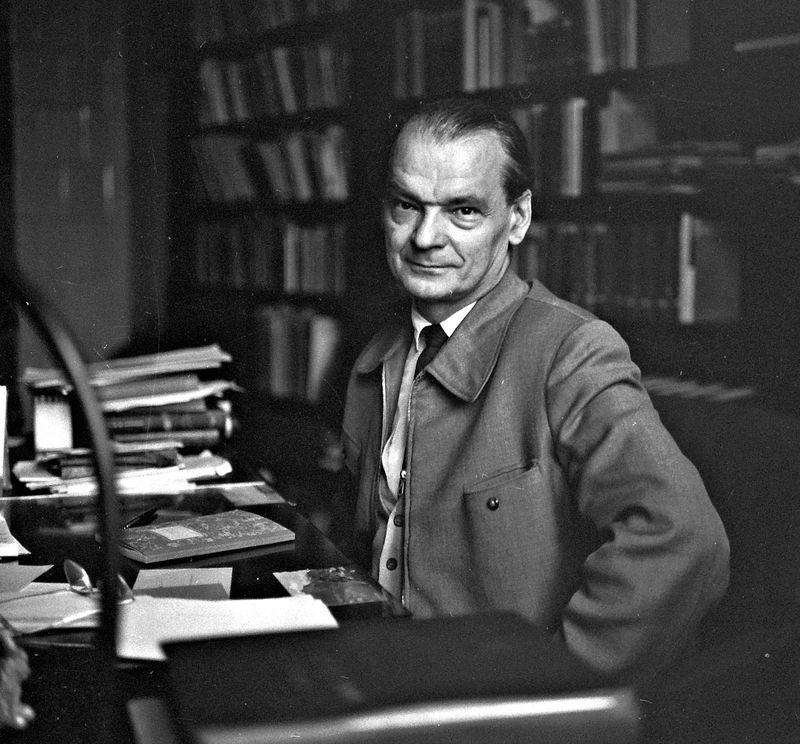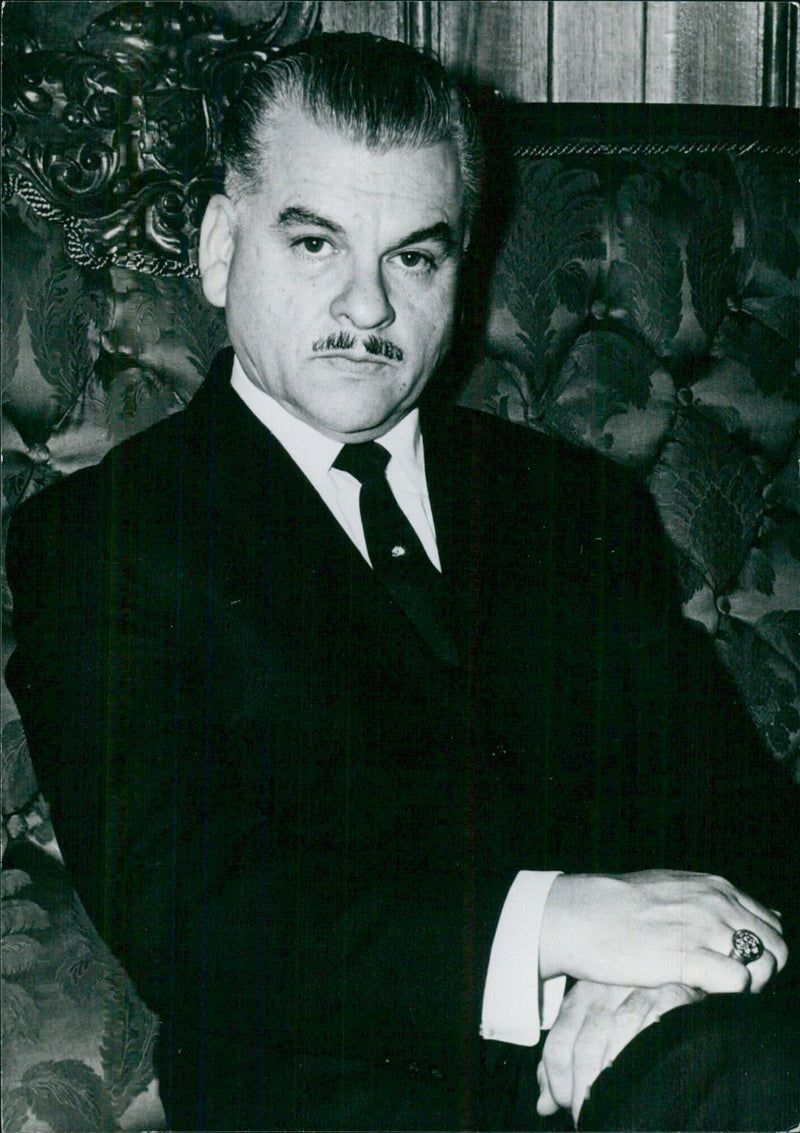April 30 has marked the passing of numerous influential figures throughout history. These individuals, spanning various eras and fields, have left indelible marks on the world. Their stories, contributions, and legacies continue to inspire and influence generations. From ancient rulers to modern artists, the impact of these famous personalities can still be felt today.
1. Lucan, Roman poet, 65
Lucan, a renowned Roman poet, was known for his epic work “Pharsalia,” which vividly depicts the civil war between Julius Caesar and Pompey. His intense narrative style and political engagement made him a standout figure in Roman literature. Lucan’s life was as dramatic as his poetry, embroiled in political intrigue and conspiracies. He was a part of a conspiracy against Emperor Nero, which ultimately led to his forced suicide at the young age of 25. Despite his short life, Lucan’s influence on later European literature is profound, echoing in the works of Dante and Shakespeare.
2. Amalaswintha, Queen of the Ostrogoths, 535
Queen Amalaswintha of the Ostrogoths was a pioneering female ruler, known for her intelligence and political acumen. As regent for her young son, she skillfully navigated the treacherous waters of Gothic and Byzantine politics. Her reign was marked by efforts to Romanize her people, promoting education and legal reforms. Amalaswintha’s progressive policies, however, led to her downfall, culminating in her assassination. Her legacy as a strong female leader who sought to modernize and stabilize her kingdom remains influential, offering a rare glimpse into women’s roles in medieval leadership.
3. Mahmud of Ghazni, Sultan of the Ghaznavid Empire, 1030
Mahmud of Ghazni, a formidable ruler, expanded his empire through relentless military campaigns across the Indian subcontinent. Known for his ambition and wealth, he transformed Ghazni into a cultural hub, attracting scholars, artists, and poets. His invasions of India were both destructive and transformative, leaving a lasting impact on the region’s culture and architecture. Despite his controversial reputation as a conqueror, Mahmud’s patronage of the arts and sciences laid the foundation for a rich cultural legacy. His rule remains a testament to the complex interplay of conquest and cultural development.
4. Emperor Renzong, Emperor of the Song dynasty, 1063
Emperor Renzong of the Song dynasty is remembered for his benevolent rule and dedication to Confucian principles. His reign marked a period of stability and prosperity, fostering advancements in technology, culture, and governance. Renzong’s emphasis on justice and education led to significant bureaucratic reforms and the strengthening of civil service exams. Despite personal tragedies, including the loss of heirs, his commitment to his people never wavered. Renzong’s legacy is one of wise leadership and cultural flourishing, contributing to the Song dynasty’s reputation as a golden age of Chinese civilization.
5. Adjutor, French Catholic Saint and knight, 1131
Saint Adjutor, a knight turned monk, is venerated for his miraculous escape from captivity during the Crusades. Known for his deep faith and bravery, he dedicated his life to God upon his return to France. Adjutor is credited with several miracles, including calming turbulent waters, leading to his patronage of boaters and swimmers. His life as a knight and monk embodies the unity of martial prowess and spiritual devotion. His feast day is a celebration of faith overcoming adversity, inspiring those seeking divine intervention in times of need.
6. Richard de Beauchamp, 13th Earl of Warwick, 1439
Richard de Beauchamp, the 13th Earl of Warwick, exemplified the chivalric ideals of the medieval English nobility. A skilled military leader and diplomat, he served as a trusted advisor to King Henry V. His martial prowess was matched by his patronage of the arts and architecture, most notably the construction of the Beauchamp Chapel. Richard’s legacy is a blend of martial valor and cultural enrichment, reflecting the dual roles of warrior and patron. His life and accomplishments remain a symbol of medieval nobility’s complex responsibilities and ideals.
7. Sigismund III Vasa, King of Poland and Sweden, 1632
Sigismund III Vasa, a monarch of both Poland and Sweden, is remembered for his tumultuous reign and attempts to unite the two nations. His efforts to consolidate power were met with resistance, leading to prolonged conflicts and political instability. Despite these challenges, Sigismund’s reign saw significant cultural and architectural contributions, including the construction of Warsaw’s Royal Castle. His complex legacy is one of ambition and division, reflecting the difficulties of dual monarchy. Sigismund’s influence on Polish and Swedish history is marked by both conflict and cultural achievements.
8. Niwa Nagashige, Japanese daimyō, 1655
Niwa Nagashige, a Japanese daimyō, played a pivotal role in the turbulent era of Sengoku-period politics. A loyal vassal to the Tokugawa shogunate, his life was marked by military engagements and strategic alliances. Nagashige’s governance of his domain was characterized by efforts to maintain peace and prosperity amidst constant warfare. His leadership contributed to the eventual unification of Japan under Tokugawa rule. Today, his legacy is reflected in the stability he helped bring to his region, exemplifying the complex interplay of loyalty and power in feudal Japan.
9. Eustache Le Sueur, French painter, 1660
Eustache Le Sueur, a prominent French painter, was a leading figure of the French Baroque movement. Known for his religious and mythological themes, his works are characterized by their grace and subtlety. Le Sueur’s mastery of composition and color helped elevate French painting during a period dominated by Italian influences. His legacy includes the “Life of St. Bruno” series, a testament to his skill and devotion to ecclesiastical art. Le Sueur’s influence persists in the elegance and spirituality of his paintings, which continue to captivate art enthusiasts worldwide.
10. Petrus Scriverius, Dutch writer and scholar, 1672
Petrus Scriverius, a Dutch writer and scholar, was known for his extensive contributions to historical and literary scholarship. His works, ranging from poetry to historical treatises, reflect his deep intellectual curiosity and dedication to preserving Dutch heritage. Scriverius’s meticulous research and writings on Dutch history and culture have made him a respected figure in the academic community. His legacy is one of scholarship and cultural preservation, highlighting the importance of historical documentation. Scriverius’s influence continues to be felt in the fields of history and literature.
11. Marie of the Incarnation, French Ursuline nun, 1696
Marie of the Incarnation, a devoted French Ursuline nun, is celebrated for her pioneering missionary work in Canada. Her efforts in education and conversion left a lasting impact on the region’s indigenous and settler communities. Marie’s deep spirituality and dedication to her mission are reflected in her extensive writings, which provide valuable insights into early colonial life. Her legacy is one of faith and cultural exchange, embodying the complexity of missionary endeavors. Marie’s contributions continue to inspire those committed to education and intercultural understanding.
12. Robert Plot, English naturalist, 1712
Robert Plot, an English naturalist, is renowned for his pioneering work in geology and natural history. As the first Keeper of the Ashmolean Museum, Plot’s contributions to the study of fossils and minerals were groundbreaking. His meticulous observations and descriptions laid the foundation for future geological research. Plot’s legacy extends to his role in establishing the field of natural history as a serious scientific discipline. His works continue to inspire naturalists and geologists, reflecting the enduring value of curiosity and observation in scientific exploration.
13. Philipp van Limborch, Dutch theologian, 1736
Philipp van Limborch, a Dutch theologian, is remembered for his significant contributions to religious tolerance and understanding. His correspondence with prominent thinkers like John Locke highlights his commitment to dialogue and philosophical inquiry. Limborch’s writings emphasized the importance of reason in theological debates, challenging rigid dogmatism. His legacy is one of open-mindedness and intellectual engagement, encouraging a more inclusive approach to religious differences. Limborch’s influence persists in his advocacy for tolerance and reasoned discussion within religious and philosophical communities.
14. Johann Albert Fabricius, German classical scholar, 1758
Johann Albert Fabricius, a German classical scholar, was instrumental in cataloging ancient manuscripts and texts. His “Bibliotheca Graeca” is an exhaustive collection of Greek literature, reflecting his dedication to preserving classical knowledge. Fabricius’s meticulous scholarship laid the groundwork for future classical studies, offering a comprehensive resource for academics. His legacy is one of scholarly rigor and passion for the classics, providing a window into the ancient world. Fabricius’s contributions continue to support and inspire those devoted to the study of classical literature and history.
15. François d’Agincourt, French composer and organist, 1792
François d’Agincourt, a notable French composer and organist, was a key figure in the Baroque music scene. His compositions, characterized by their elegance and complexity, were integral to the French musical landscape. D’Agincourt’s mastery of the organ and his innovative compositions earned him a lasting place in the history of Western music. His legacy is preserved in his contributions to the development of French Baroque music, influencing subsequent generations of composers. D’Agincourt’s music continues to resonate with audiences, reflecting the timeless beauty of his melodic creations.
16. John Montagu, 4th Earl of Sandwich, 1795
John Montagu, the 4th Earl of Sandwich, is best known for his association with the popular sandwich. His love for card games led him to request meat between slices of bread, allowing him to eat without interrupting play. Beyond this culinary claim to fame, Montagu was a significant political figure, serving as First Lord of the Admiralty during the American Revolutionary War. His legacy, however, is forever tied to the eponymous snack, highlighting how simple innovations can leave lasting cultural impacts. Montagu’s name lives on, reminding us of his unique contribution to dining.
17. Jean-Jacques Barthélemy, French writer and numismatist, 1806
Jean-Jacques Barthélemy, a French writer and numismatist, was celebrated for his deep knowledge of antiquities and classical cultures. His novel, “The Travels of Anacharsis the Younger,” offers a vivid depiction of ancient Greece, blending historical accuracy with imaginative storytelling. Barthélemy’s expertise in numismatics helped preserve ancient coins, offering insights into historical economies. His legacy is one of historical and cultural preservation, enriching our understanding of ancient civilizations. Barthélemy’s meticulous research and engaging narratives continue to inspire historians and enthusiasts of the classical world.
18. George Washington Adams, American politician, 1829
George Washington Adams, an American politician, was the son of John Quincy Adams and grandson of John Adams. Despite his illustrious lineage, his life was marked by personal struggles and political ambition. Adams’s career in the Massachusetts House of Representatives showed promise, but his untimely death at 28 cut it short. His mysterious disappearance and death sparked intrigue and speculation. George’s legacy is tinged with both potential and tragedy, reflecting the pressures of living up to a prominent family name. His story remains a poignant chapter in the Adams family history.
19. Yi Bangja, Crown Princess of Korea, 1989
Yi Bangja, Crown Princess of Korea, lived a life of transformation and resilience. Born a Japanese princess, she married into the Korean royal family during turbulent times. Her dedication to social causes, particularly for the disabled, earned her respect and admiration. Yi Bangja’s efforts in welfare and education demonstrated her commitment to improving the lives of others, transcending political backgrounds. Her legacy is one of compassion and duty, bridging cultural divides and fostering understanding. Yi Bangja’s story is a testament to the power of empathy and the impact of humanitarian work.
20. Birge Clark, American architect, 1989
Birge Clark, an influential American architect, left a lasting mark on the architectural landscape of Palo Alto, California. Known for his Spanish Colonial Revival style, Clark’s designs contributed to the city’s distinct charm and character. His attention to detail and commitment to aesthetic harmony made his buildings enduring symbols of architectural excellence. Clark’s legacy is evident in the preservation of his works and the continued appreciation of his architectural vision. His contributions to urban design and planning remain a benchmark for future architects, ensuring his influence endures in the built environment.
21. Nelson Dalzell, New Zealand rugby union player, 1989
Nelson Dalzell, a celebrated New Zealand rugby union player, was known for his skill and sportsmanship on the field. His contributions to the All Blacks, New Zealand’s national team, showcased his exceptional talent and dedication to the sport. Dalzell’s legacy extends beyond his athletic achievements, reflecting the spirit of rugby and camaraderie. His influence on the sport and its culture in New Zealand remains significant, inspiring future generations of rugby players. Dalzell’s life and career continue to be celebrated, embodying the values of teamwork and perseverance inherent in rugby.
22. Sergio Leone, Italian film director and producer, 1989
Sergio Leone, an iconic Italian film director, redefined the Western genre with his unique cinematic style. His “spaghetti Westerns,” including “The Good, the Bad and the Ugly,” are celebrated for their innovative use of music, cinematography, and storytelling. Leone’s films broke traditional Western conventions, introducing complex characters and moral ambiguity. His influence extends beyond Westerns, shaping the broader landscape of film direction and production. Leone’s legacy is one of creative brilliance and visionary storytelling, continuing to inspire filmmakers and audiences worldwide with his timeless cinematic masterpieces.
23. Stumpy Thomason, American football player, 1989
Stumpy Thomason, a dynamic American football player, was known for his versatility and agility on the field. His career spanned both college and professional levels, showcasing his talent and determination. Thomason’s contributions to the sport, particularly in its early days, paved the way for future generations of players. His legacy is one of athleticism and dedication, reflecting the evolving nature of American football. Thomason’s influence continues to be felt, inspiring athletes to pursue excellence and innovation in the sport. His name remains synonymous with early football prowess and passion.
24. Taiji Tonoyama, Japanese actor, 1989
Taiji Tonoyama, a versatile Japanese actor, was celebrated for his ability to bring diverse characters to life on screen. His extensive filmography spans decades, reflecting his adaptability and talent in both dramatic and comedic roles. Tonoyama’s performances were characterized by their authenticity and depth, resonating with audiences across Japan. His legacy as a dedicated and skilled actor continues to influence the Japanese film industry, inspiring actors to pursue versatility in their craft. Tonoyama’s contributions to cinema remain a testament to the power of performance and storytelling.
25. Guy Williams, American actor, 1989
Guy Williams, an American actor, gained fame for his iconic role as Zorro, captivating audiences with his charisma and swordsmanship. His portrayal of the masked hero became a defining part of his career, endearing him to fans worldwide. Beyond Zorro, Williams’s roles in “Bonanza” and “Lost in Space” showcased his versatility and charm. His legacy in television history is marked by his contributions to the adventure and sci-fi genres. Williams’s appeal continues to resonate, inspiring a sense of adventure and heroism in audiences and fellow actors alike.
26. Jeanne Bal, American actress and model, 1996
Jeanne Bal, an American actress and model, was known for her elegance and talent on both stage and screen. Her performances in television series like “The Twilight Zone” and “My Three Sons” highlighted her ability to portray a range of characters. Bal’s modeling career added to her allure, making her a prominent figure in the entertainment industry during the 1960s. Her legacy is one of grace and versatility, reflecting the dynamic nature of Hollywood’s golden era. Bal’s influence on screen and in fashion continues to inspire aspiring actresses and models.
27. Juan Hohberg, Argentine-Uruguayan football player and coach, 1996
Juan Hohberg, an accomplished Argentine-Uruguayan football player and coach, was celebrated for his contributions to the sport in South America. Known for his skillful play and strategic mind, Hohberg was a key figure in several national and club teams. His coaching career was marked by success and innovation, influencing the development of football tactics. Hohberg’s legacy is one of passion and expertise, inspiring future generations of players and coaches. His impact on football remains significant, reflecting the sport’s rich history and cultural importance in the region.
28. Dezső Keresztury, Hungarian politician, 1996
Dezső Keresztury, a prominent Hungarian politician and intellectual, played a significant role in Hungary’s cultural and political landscape. Known for his advocacy of education and the arts, he worked tirelessly to promote cultural development and national identity. Keresztury’s efforts in government and academia left an indelible mark on Hungarian society. His legacy is one of dedication to cultural enrichment and political progress, reflecting the intertwined nature of culture and governance. Keresztury’s influence continues to inspire those committed to advancing education and the arts in Hungary.
29. Julio César Méndez Montenegro, President of Guatemala, 1996
Julio César Méndez Montenegro, a pivotal figure in Guatemalan politics, served as the country’s president during a critical period of transition. Known for his efforts to reconcile conflicting political factions, he sought to stabilize the nation amidst internal strife. Montenegro’s presidency was marked by attempts to implement social reforms and promote democratic governance. His legacy is one of political courage and reform, reflecting the challenges of leadership in turbulent times. Montenegro’s contributions to Guatemalan history continue to be studied and respected, highlighting the complexities of political leadership.
